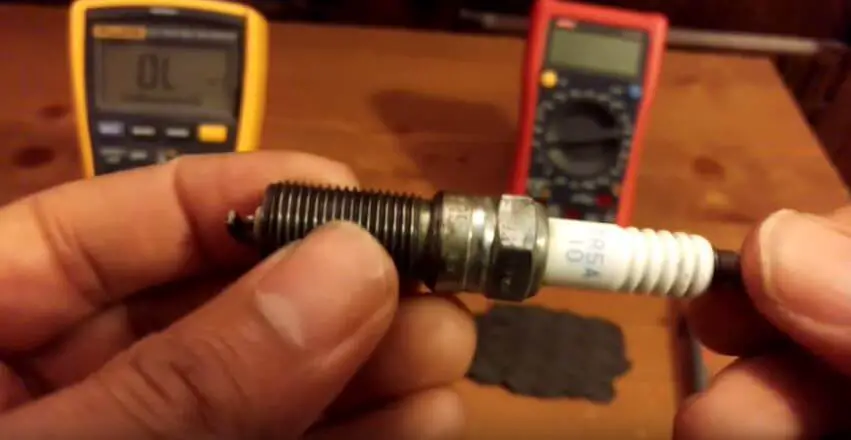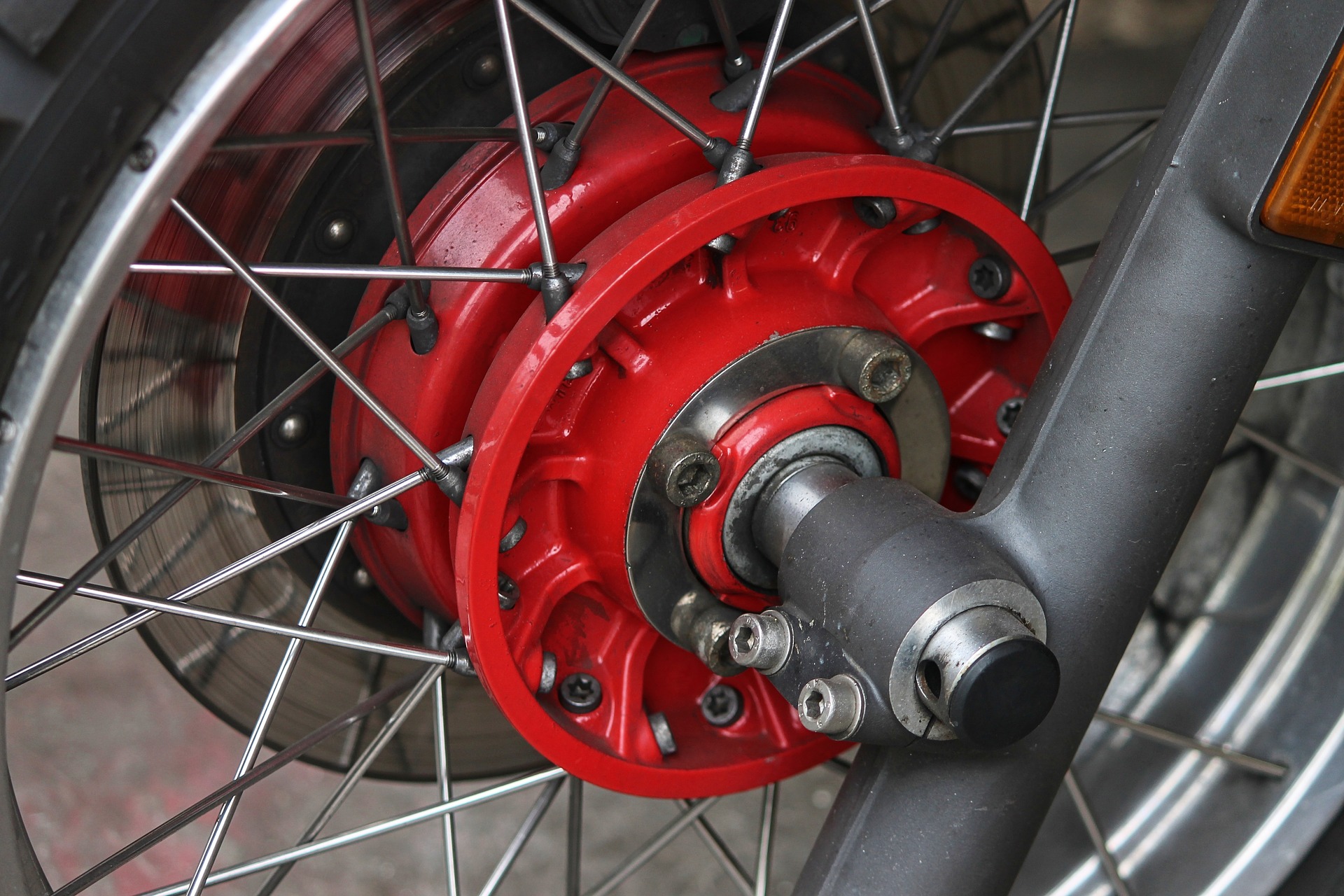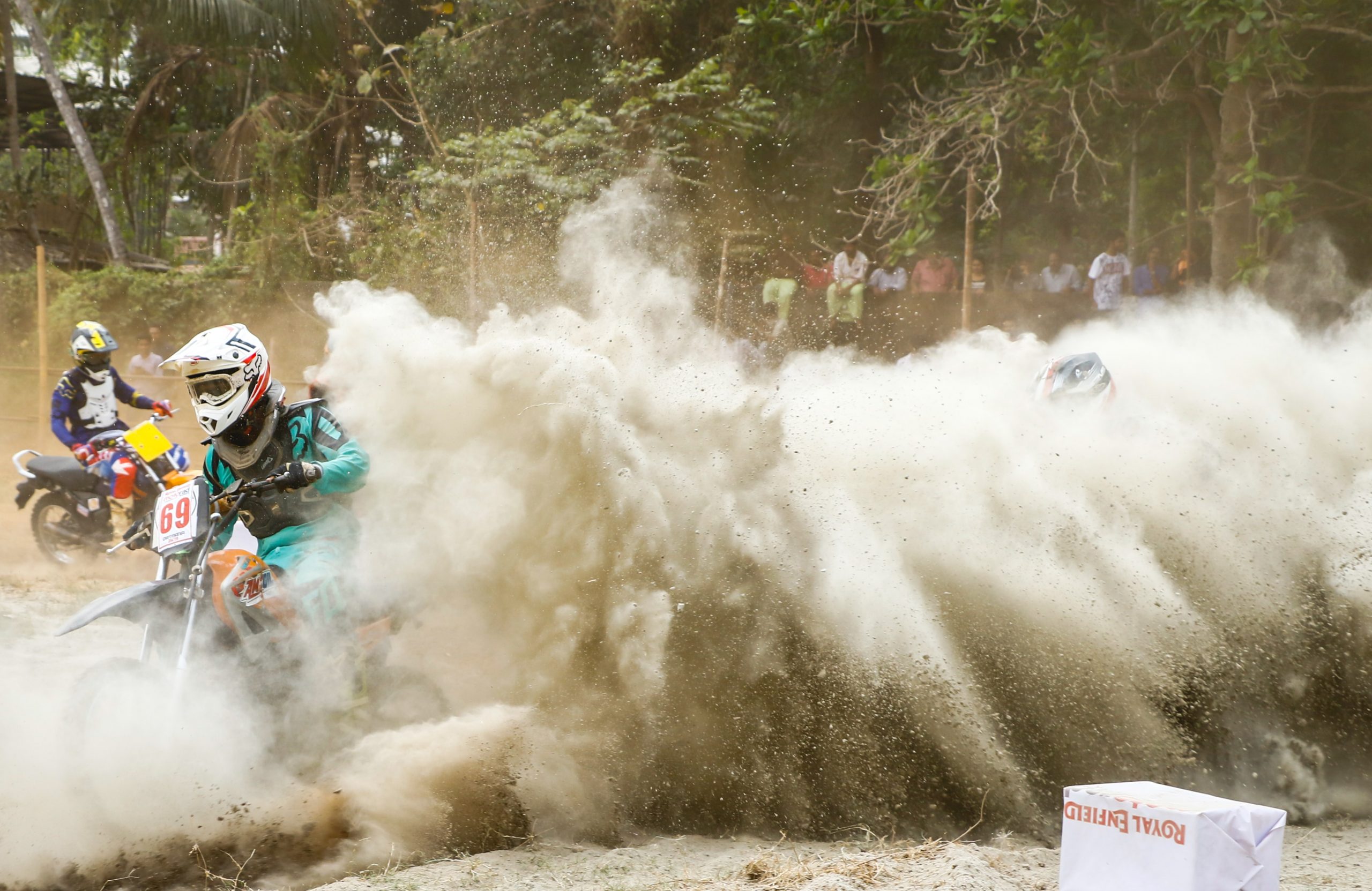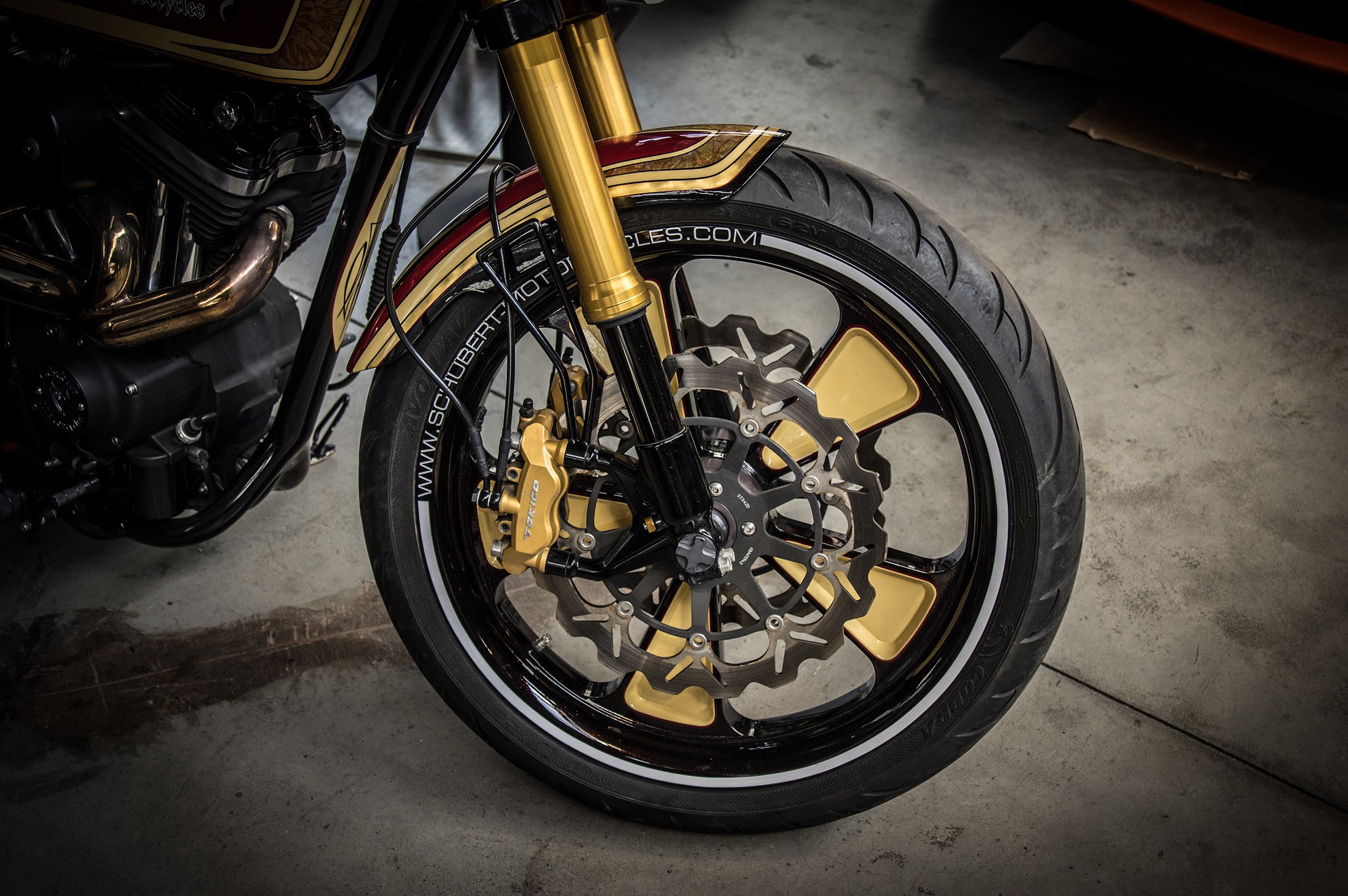The spark produced by your motorcycle's spark plug is responsible for igniting the flammable mixture of air and fuel in the engine. A defective or damaged spark plug can weaken the engine, limit its performance, or prevent it from starting altogether. By checking your spark plugs often and testing their ability to generate a spark, you can avoid problems down the road. This test requires little more than a basic set of tools and a good understanding of how to access and remove spark plugs from your motorcycle. In this article, we are going to find out how can you test the spark plug on your motorcycle?
Motorcycle spark plugs - General information
There are a whole bunch of motorcycle spark plugs on the market that meet specific needs. So, before you get started, we advise you to take a look at our complete guide on the subject.
Step 1: Prepare your motorcycle to test its spark plug
To test your motorcycle's spark plug, park your motorcycle on its side stand, or place it on a service stand, and allow the engine to cool completely. Remove the seat, fuel tank, and body panels from the motorcycle to access the engine cylinder head and spark plugs, using an Allen wrench or socket wrench. Carefully remove the cap from the spark plug wire by hand. Then, unscrew the spark plug from the cylinder head, using a spark plug socket and a socket wrench.
Next, inspect the condition of the spark plug insulator - the ceramic part of the spark plug and the electrodes at the end of the spark plug. Look specifically for cracks on the face of the insulator and the end of the insulator near the electrodes, as well as bent or melted electrodes. Replace the spark plug if the insulator or the electrodes are damaged.
Spark plugs for your motorcycle available on Amazon
Step 2: Check your spark plug insulator
Examine the general coloration of the tip of the spark plug insulator near the electrodes. Ideally, the insulation should be light beige in color; indicating that the engine and fuel systems are functioning properly. A dab of dark brown insulation the wet aspect indicates that the fuel system is rich, which adds more fuel to the cylinder's combustion chamber, or that the spark plug does not ignite. Conversely, an ashy white insulation indicates a poor condition; or more air than fuel, causing the cylinder to overheat. Do not throw away the spark plug at this point.
Step 3: Test your motorcycle's spark plug
Measure the gap, that is, the distance between the side and center electrodes at the end of the spark plug, using an appropriately sized feeler gauge as shown in the owner's manual. maintenance of your motorcycle. Slide the feeler gauge between the electrodes. You should feel a slight resistance as the gauge moves through the gap. Adjust the gap to the factory specified gap, using needle nose pliers, if the feeler gauge moves freely between the electrodes or cannot fit into the spacing.
Size feeler gauge available on Amazon
Step 5: Check if the spark plug is damaged
Place the spark plug in the spark plug cable cap. Hold the spark plug by the cable cap and gently press the electrodes against the engine cylinder head. Start the engine and observe the gap between the electrodes to see if a spark occurs. The spark plug is considered good if it is not damaged and if a spark appears between the electrode and the cylinder head. Move the spark plug to another location and try again if no spark appears. If the spark plug does not spark, the ignition coil may be the source of the problem.
Step 5: Other tests to do
Remove the spark plug from the cable cap. Place an in-line spark plug tester in the spark plug cable cap, in place of the spark plug. Attach the tool grounding clamp to the engine cylinder head. Start the engine and observe the tool for a spark in the tool body. The ignition coil is good if the tool produces a spark. Replace the ignition coil if the tool gets hot but does not produce a spark. Replace the spark plug if the ignition coil sparks.
Screw the spark plug into the engine cylinder, by hand, if the spark plug is in good working order and produces a spark. Tighten the spark plug to a maximum of 12 foot-pounds using a torque wrench, unless otherwise specified in your motorcycle's service manual.
Test the remaining spark plugs, if any, using the method described above. Replace damaged or defective spark plugs. Reinstall the body panels; motorcycle saddle and fuel tank using an Allen key or socket wrench.
Socket wrench available on Amazon
Our recommended products for testing a motorcycle spark plug:
Here are some recommended products on Amazon:




